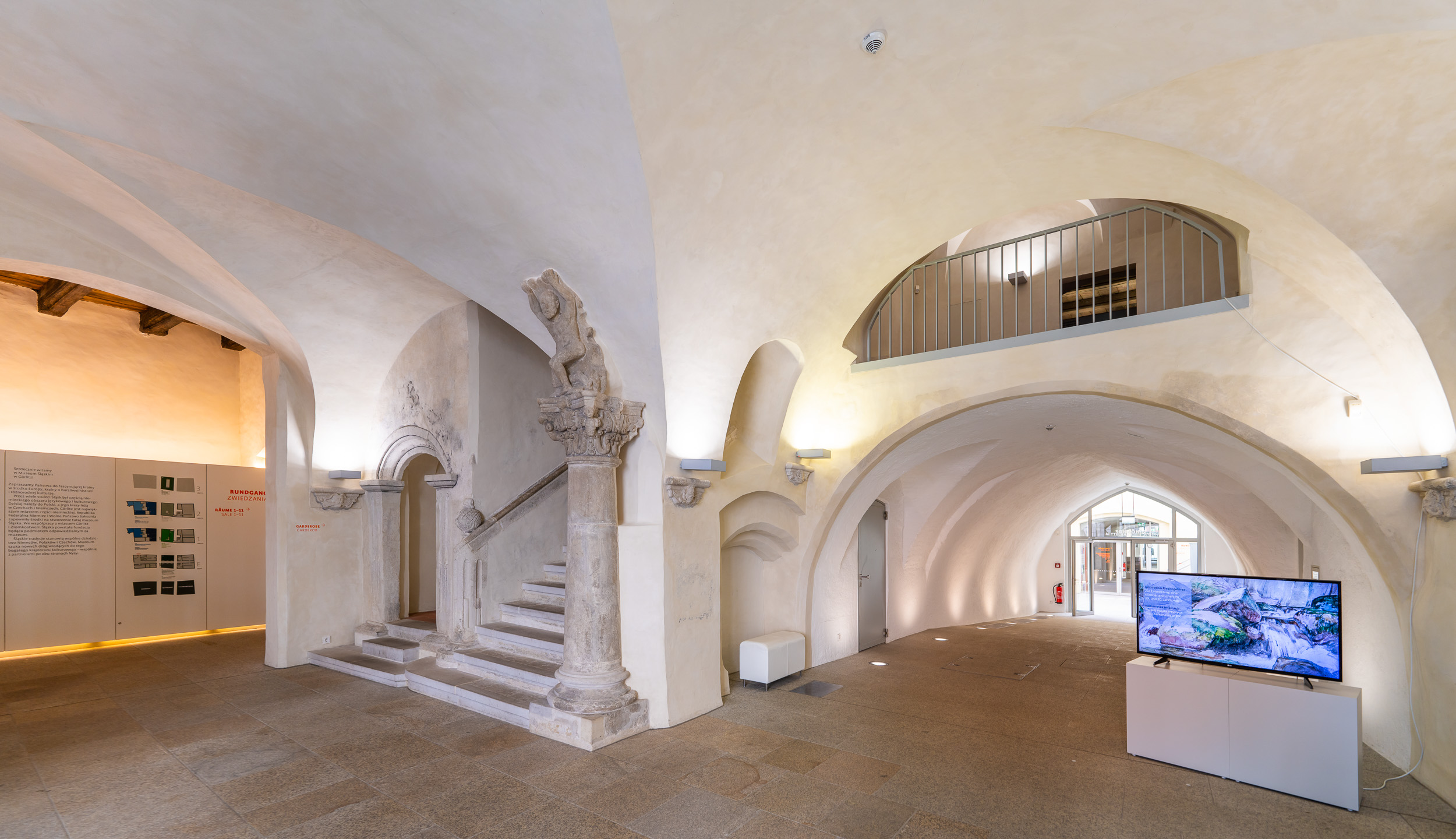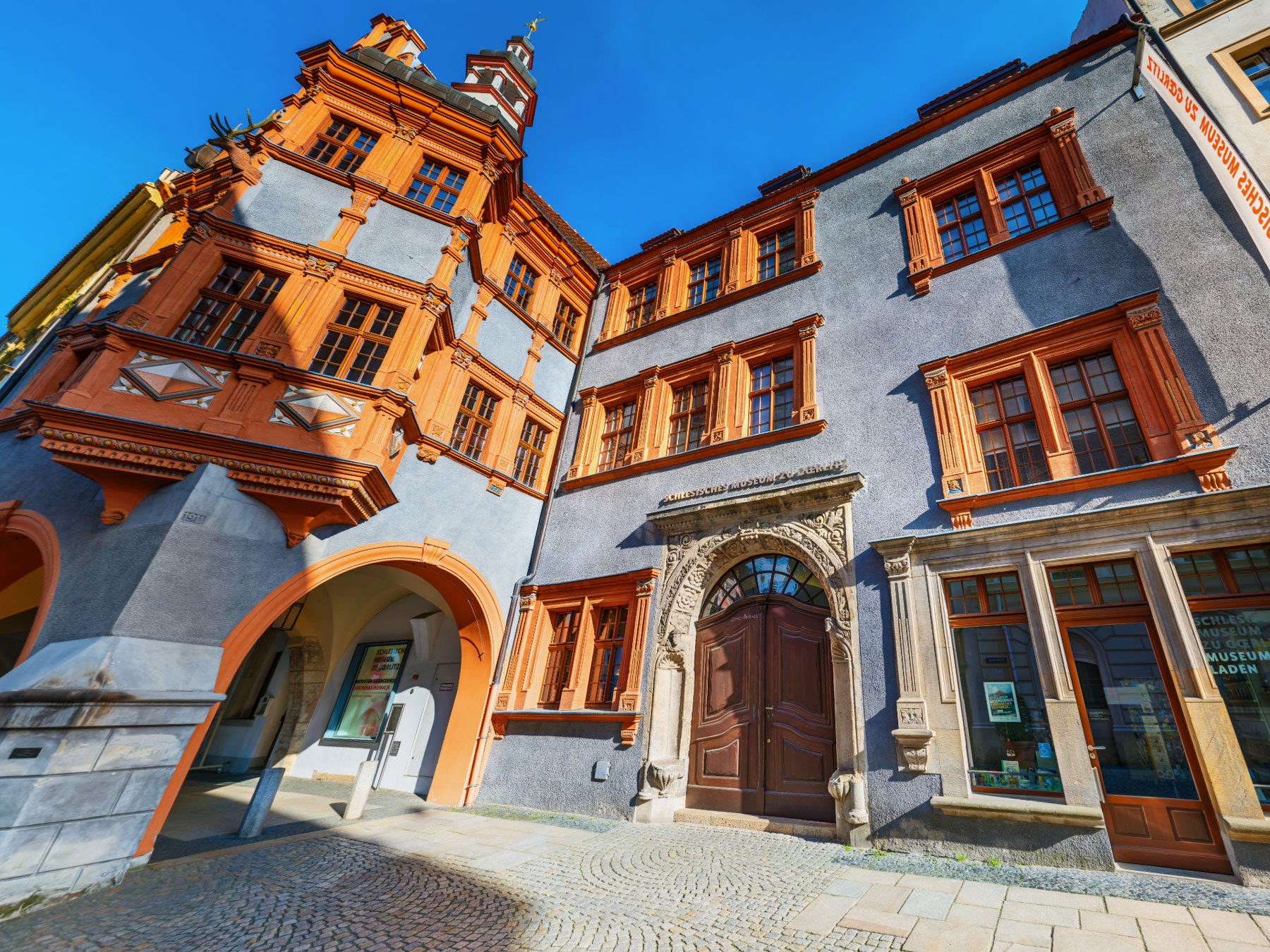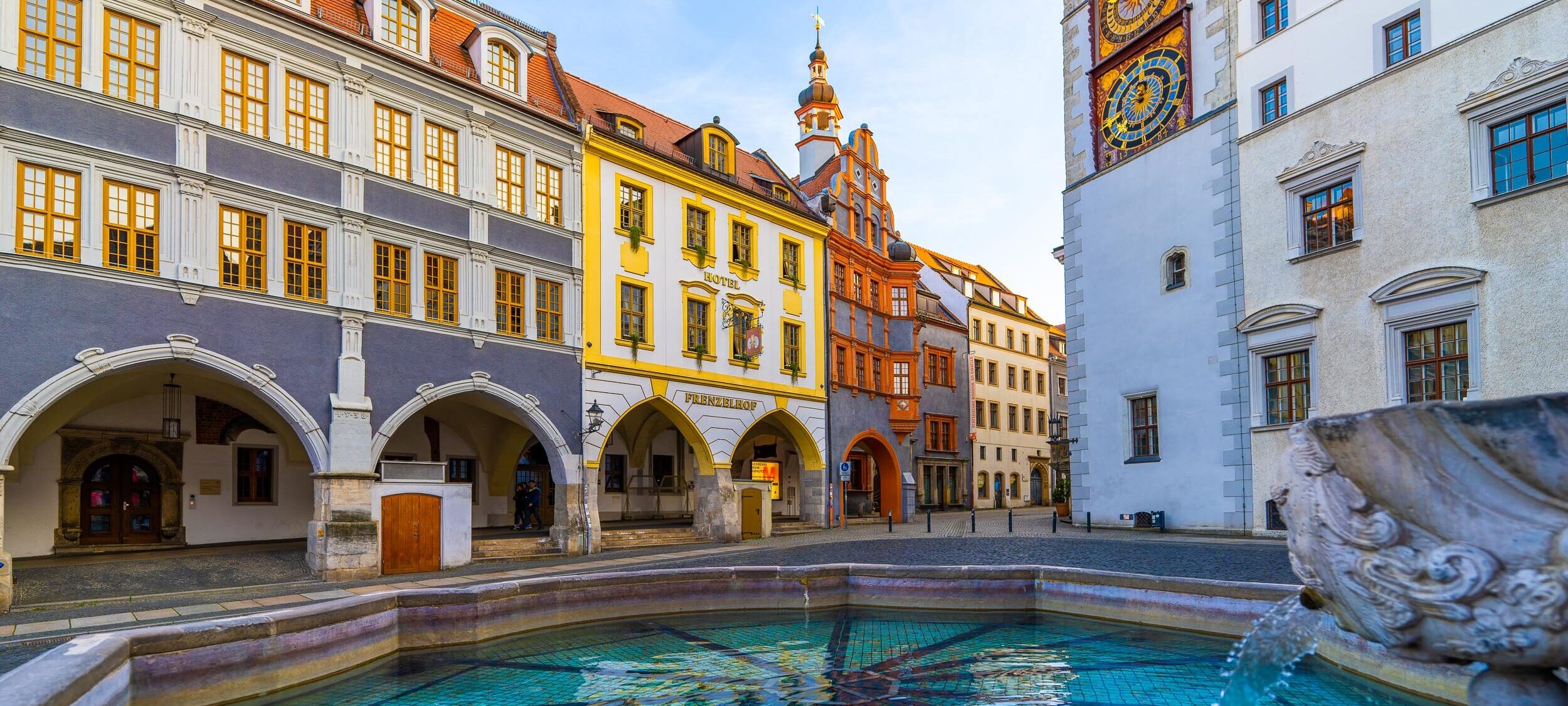
Häutung des Heiligen Flaying of St Bartholomew
Gigapixel
The "Silesian Rembrandt" at the Schönhof in Görlitz
In this gruesome scene, a disciple of Jesus is being flayed alive. The oil sketch is by Michael Willmann (1630-1706), the most important Baroque painter in Silesia. He is also known as the "Silesian Rembrandt". The depiction of the flaying of St Bartholomew is one of the preparatory works for his twelve martyrdoms of the apostles in the collegiate church in Leubus from 1661 to 1700.
In the course of the 17th century, the Catholic Church succeeded in reclaiming large parts of the country for the old faith. In the course of the Counter-Reformation, Silesia was transformed into a Baroque cultural landscape with magnificent new buildings of large monasteries, pilgrimage churches, wayside shrines, Marian and plague columns.
Michael Willmann also converted from Calvinism to Catholicism after beginning his work for Leubus Monastery in 1663. In his younger years, the son of a Königsberg painter had led an unsettled travelling life. He travelled to Amsterdam and joined the circle around Rembrandt. His search for commissions took him to Prague, Wroclaw, Berlin and back to Silesia. Here he received an offer from the Cistercian abbot Arnold Freiberger of Leubus Abbey. Willmann accepted the call and stayed for over 40 years until his death in 1706.
During this time, he decorated the flourishing Silesian monasteries with paintings that equalled the best achievements of Dutch painting. He is famous for his frescoes in St Joseph’s Church in Grüssau and the Martyrdoms of the Apostles for the monastery church in Leubus. The series of twelve paintings of enormous dimensions were Willmann’s most important commission, and he worked on them for four decades. Only a few of the drawings and oil sketches he made beforehand have survived.
See similar attractions!
On a 2000 m2 exhibition space, visitors can explore approximately 1000 exhibits from the history of Silesian culture.
)
)
)
)